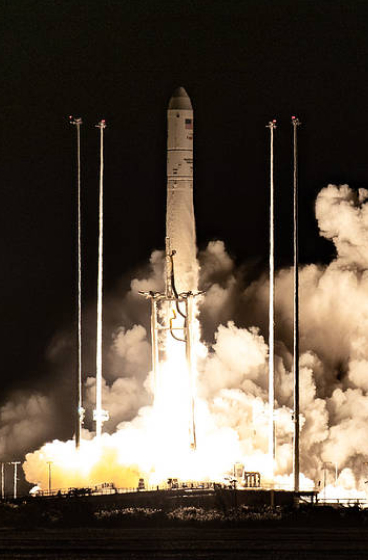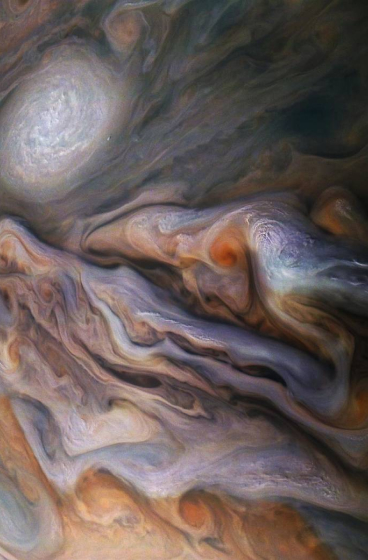Design
The PRISM spectrometer incorporates several innovations including a fast and uniform design with a total internal reflection fold, a polarization-insensitive shaped groove concave grating, a black-Si slit for uniformity and stray light reduction, and a fast, wide angle two-mirror telescope. The spectrometer is of the Dyson design form which permits a high throughput (F/1.8) and also provides low angles of incidence for controlling polarization variation. All transmissive elements are made of fused silica with a high-quality broadband anti-reflection coating.

































